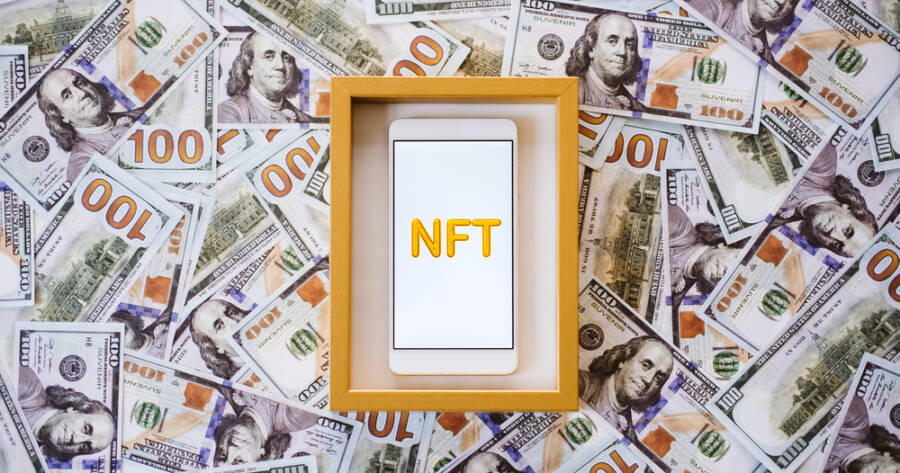After the explosion of digital collectibles in 2021, “NFT” became one of the most overused — and misunderstood — words in music. For a while, it seemed like everyone was selling a tokenized album or digital artwork. Then the hype faded, and the get-rich-quick crowd moved on. Yet, behind the headlines, a quieter story has taken shape: musicians are finding practical, meaningful ways to use NFTs that focus on community, creativity, and long-term connection, not speculation.
Moving Beyond the Buzz
When NFTs first entered the public eye, much of the attention focused on sudden profits. Songs, visuals, and album art sold as blockchain tokens for enormous sums, leading many to see NFTs as a passing fad. But for many independent musicians, the underlying technology — not the hype — is what truly mattered.
An NFT, or non-fungible token, is essentially a digital certificate of ownership stored on a blockchain. Instead of using it to sell overpriced collectibles, artists are now using it as a new kind of access pass. It can represent a ticket, a membership, or proof of ownership tied to exclusive content. This shift from speculation to utility has allowed musicians to use NFTs as tools for sustainable fan engagement rather than flashy headlines.
Direct Connection With Fans
One of the most meaningful uses of NFTs in music today is fan connection. Independent artists are using tokenized releases to offer something more personal than a stream or a download link. Fans who purchase these NFTs often gain entry to small online listening parties, limited-edition drops, or private digital spaces where artists share demos and updates.
This approach replaces the idea of buying “collectibles” with participating in a relationship. Instead of focusing on the resale value of an NFT, the fan becomes part of a community around the artist. Some creators use blockchain tokens to give early access to new songs or let supporters vote on which tracks should appear on future releases. Others have turned NFTs into membership cards for fan clubs that exist entirely online.
These efforts make the artist–fan connection more direct. There’s no label or streaming service acting as a middle layer — just a transparent record of ownership that both sides can trust.
Independent Artists and Creative Freedom
For independent musicians, the ability to release and control their own digital assets is a major draw. Traditional music distribution often relies on contracts that take a share of revenue or ownership. With NFTs, artists can distribute their work independently, defining their own terms for how the music is shared and resold.
This doesn’t mean abandoning streaming platforms altogether — it means creating an additional layer where fans who want a deeper connection can support directly. Some musicians have combined NFT releases with limited-edition vinyl or physical art, bridging the digital and physical worlds. Others have created digital liner notes and artwork that evolve over time, rewarding long-term collectors.
Crucially, the NFT format allows artists to retain creative control while still experimenting with new models of ownership. It’s less about chasing trends and more about finding independence in a music landscape that’s often dominated by large platforms.
Collaboration and Experimentation
NFTs have also become a tool for collaboration between musicians, visual artists, and even fans. Because each NFT can include royalties built into its code, contributors can automatically share earnings without the need for a central distributor. This makes it easier to manage creative partnerships, particularly for small or one-time projects.
Some producers use NFTs to release collaborative tracks where each artist’s contribution is transparently recorded on the blockchain. Others issue tokenized samples or stems, allowing other musicians to remix and reinterpret their work while ensuring proper credit. These new models of collaboration reflect a shift away from ownership battles and toward shared creation.
Even within the live music scene, artists are testing NFT tickets that double as digital keepsakes. When scanned at shows, they can unlock exclusive recordings or videos after the concert. It’s a way of blending real-world experiences with digital rewards — practical, not promotional.
Keeping Sustainability in Mind
Early criticism of NFTs often focused on their environmental impact, especially when certain blockchains used high-energy validation methods. But newer blockchain networks, including those based on “proof-of-stake” technology, consume far less energy than earlier versions. Many musicians have chosen these eco-friendlier platforms, ensuring that their digital experiments align with sustainable values.
This focus on responsibility has helped rebuild trust in the space. Artists can now participate in blockchain innovation without compromising environmental awareness or transparency with fans.
Building the Future Quietly
The loudest phase of the NFT boom may be over, but what remains is more genuine and enduring. Musicians across genres are learning how to use blockchain tools not as hype machines, but as bridges — linking creative independence, fan connection, and fair collaboration.
These artists aren’t trying to reinvent music; they’re trying to make it more human again. By using NFTs thoughtfully and sustainably, musicians are reclaiming ownership of their art while inviting fans to be part of something real. The buzz is gone — and that’s exactly why it’s finally working.

